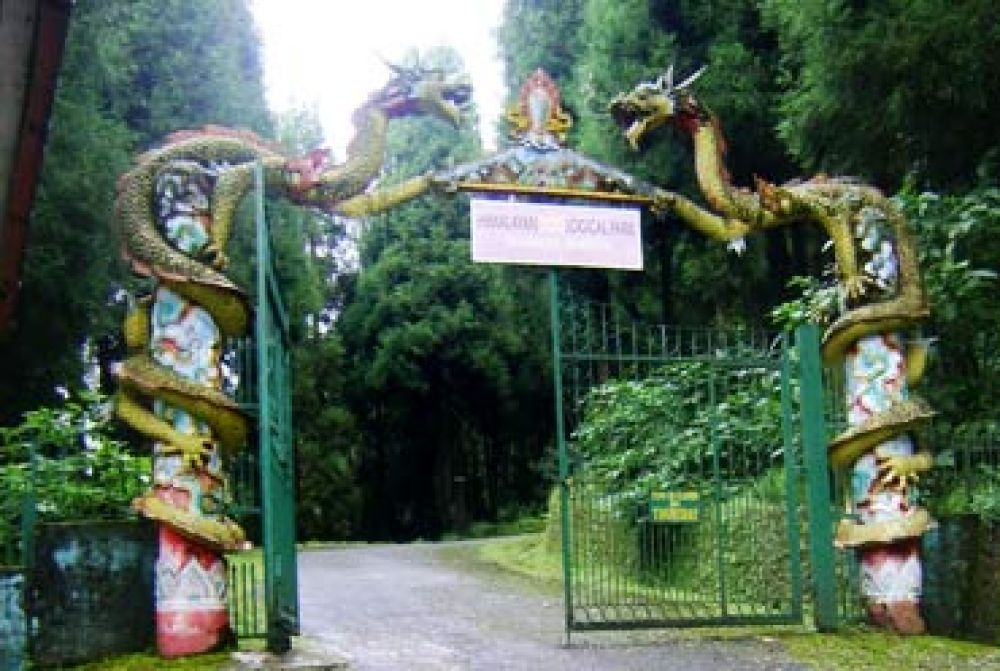

The Himalayan Zoological Park, positioned against the breathtaking canvas of Mt. Khangchendzonga in Gangtok, Sikkim, represents a notable chapter in the tourism history of the region. Established in 1991, the park spans across an extensive area of 205 hectares in the mountainous terrain of Bulbuley. It stands out as India’s first zoological park set in the natural habitat of its residents, signifying a shift in conservation practices towards more ethical and environment-friendly approaches.
Historically, Sikkim has been a coveted travel destination known for its pristine natural beauty and rich cultural heritage. The opening of the Himalayan Zoological Park augmented Sikkim's allure by offering wildlife enthusiasts a unique opportunity to see Himalayan fauna in their natural habitat. Over time, the zoo became a significant tourist attraction, drawing visitors interested in eco-tourism and wildlife conservation from all over the globe.
The park is home to a variety of species that are indigenous to the Himalayan region. Some of the most prominent attractions include the Red Panda, Snow Leopard, Himalayan Black Bear, and the Clouded Leopard. The idea behind the park's creation was not just to serve as a tourism hotspot but to also aid in the conservation of threatened Himalayan fauna. Visitors who come here are given the chance to witness these animals in habitats that closely mimic their natural surroundings, which is both educational and enjoyable.
The growth of tourism in Sikkim, with the Himalayan Zoological Park as a significant contributor, has brought considerable socioeconomic benefits to the local community. It has created jobs, spurred the growth of the service sector, and fostered a deeper understanding and appreciation of the region's biodiversity. Local hotels, restaurants, and transportation services have seen a boom as a consequence of the park's popularity among tourists.
In recent years, there has been a growing trend of ethical and sustainable tourism practices in the region. Tourists are increasingly seeking authentic experiences that are environmentally responsible. The Himalayan Zoological Park aligns with these values by prioritizing habitat conservation, breeding programs for endangered species, and providing an immersive experience that educates visitors on the importance of wildlife preservation.
Additionally, digital advancements have transformed how tourists engage with attractions like the Zoological Park. Through social media and online reviews, prospective visitors can plan their trip and set realistic expectations for their experience. Virtual tours and wildlife webcams have also emerged, allowing people from around the world to glimpse the Himalayan fauna from the comfort of their own homes.
In conclusion, the Himalayan Zoological Park in Gangtok has evolved into more than just a tourist attraction; it’s a place of conservation, education, and sustainable tourism. As tourism trends continue to evolve, the park remains a symbol of Sikkim's commitment to preserving its natural wonders for future generations to witness and appreciate.